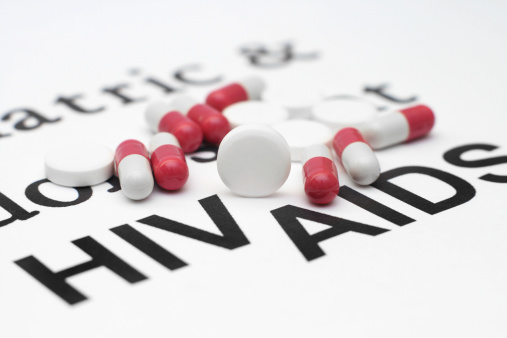
An HIV drug appears to prevent infection, even in high-risk settings, according to the results of a new study.
Despite often not using condoms, none of the 657 patients taking the medication in the study had a new HIV infection during two-and-a-half years of observation by researchers at Kaiser Permanente San Francisco Medical Center. The results were published online Tuesday by the peer-reviewed journal Clinical Infectious Diseases.
Nearly all — 99 percent — of the patients in the study were men who have sex with men.
The results of the study also suggest that patients taking the drug, commercially called Truvada, may be less likely to use condoms than they were before, potentially making them more vulnerable to other sexually transmitted infections.
After six months of using the drug, researchers asked 143 of the participants about behavior changes. The number of sexual partners was unchanged in 74 percent of the men, decreased in 15 percent and increased in 11 percent. Condom use was unchanged in 56 percent, decreased in 41 percent and increased in 3 percent.
Researchers call the drug preexposure prophylaxis, or PrEP. It is actually two antiviral medications, emtricitabine and tenofovir, which are taken daily as a single pill. The treatment was approved by the U.S. Food and Drug Administration in 2012 but has not been widely studied in a real-world setting.
“Until now, evidence supporting the efficacy of PrEP to prevent HIV infection had come from clinical trials and a demonstration project,” said the study’s lead author Jonathan Volk, a physician and epidemiologist at the San Francisco Medical Center.
When a patient is exposed to HIV through sexual activity or injection drug use, the medication appears to keep the infection from becoming permanent.
In the San Francisco study, researchers found that after taking the medication for six months, 30 percent of the patients had been diagnosed with at least one STI. At 12 months, 50 percent had been diagnosed with any STI. Of these, 33 percent had a rectal STI, 33 percent had chlamydia, 28 percent had gonorrhea and 5.5 percent had syphilis.
Because the research did not include a control group, it’s unclear if the STI rates are higher than they would be among similar patients not taking the drug, said co-author Julia Marcus, a postdoctoral fellow at the Kaiser Permanente Division of Research.
“Ongoing screening and treatments for STIs, including hepatitis C, are an essential component of a PrEP treatment program.”
People taking Truvada should also be closely monitored for potential side effects of the drug, such as changes in kidney function, researchers said.
According to the study, demand for the treatment is growing among men who have sex with men. But the drug should also be made available to others who are at risk of contracting HIV, such as transgender women, heterosexual men and women, and people using injection drugs, researchers said.





